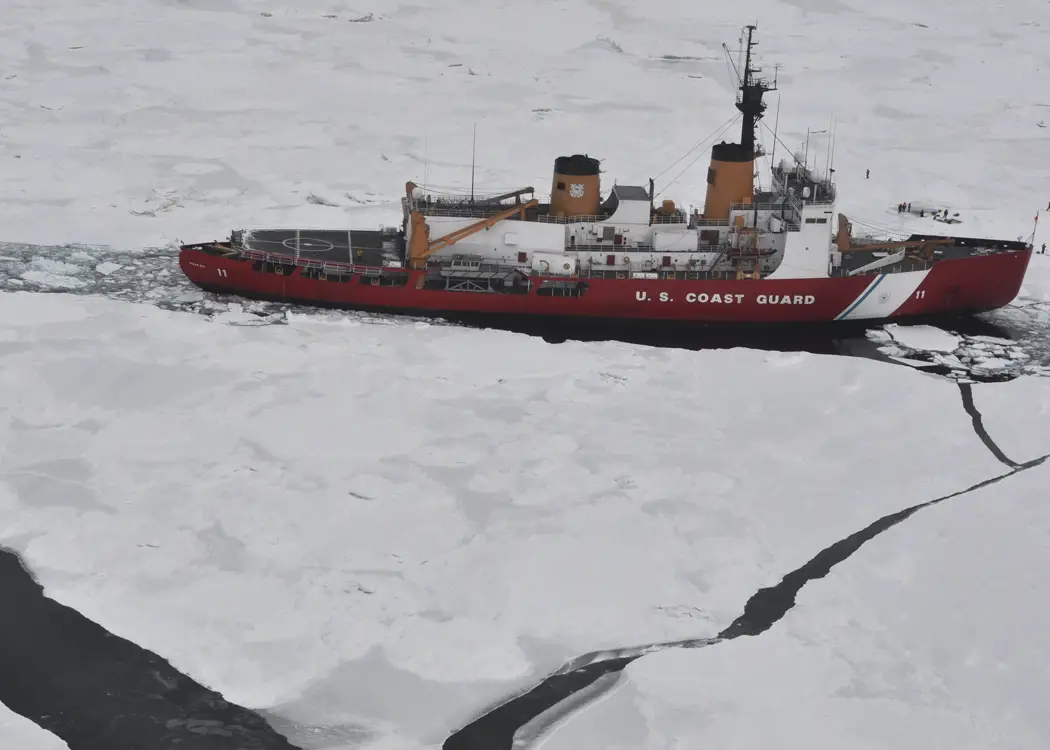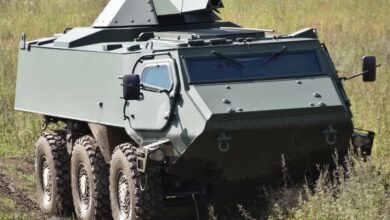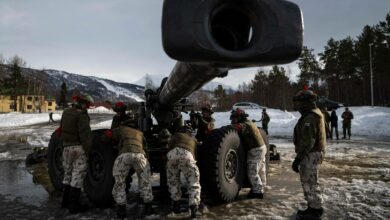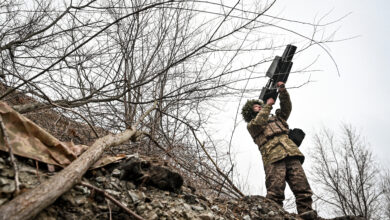Louisiana-based Bollinger Shipyards has joined a trilateral project between the US, Canada, and Finland to create icebreaker vessels that will help secure the Arctic region.
Revealed by the White House during the 2024 NATO Summit, the Icebreaker Collaboration Effort or ICE Pact seeks a “best-in-class” fleet that will address the “expanding presence” of potential enemies and competitors in the High North.
Although specifics have not yet been released, Bollinger said it will leverage its shipyards to aid the program and play a “critical role” in the capacity and know-how for the ships’ development.
The company has a long record of producing vessels for international military customers. Currently, it is engaged with the US Coast Guard’s Polar Security Cutter program to replace the service’s heavy and medium icebreaker vessels by the 2030s.
“As the premiere builder of American-made polar icebreakers, Bollinger Shipyards is proud to support the United States and our NATO allies with our deep expertise and capacity,” Bollinger Shipyards CEO and President Ben Bordelon said.
“Our goal is to create a world-class American-owned shipyard capable of producing the first fleet of American-made polar icebreakers in over half a century, and we’re honored that responsibility lies with Bollinger.”
The ICE Pact
According to the US, the ICE Pact will bolster each participating nation’s industrial base by supporting jobs across shipyards, marine equipment manufacturers, and associated services.
The program’s initial phase will consist of comprehensive information exchange between the members, workforce integration, and the promotion of icebreaker sales to allied and partner nations.
The government wrote that the program’s first six months will focus on the joint implementation plan to construct the vessels.
“This partnership is about more than the collective production of polar icebreakers and capabilities, including Arctic and polar-capable ships,” the White House said.
“It is about providing the capability for like-minded nations to uphold international rules, norms, and standards to sustain peace and stability in the Arctic…for generations to come.”
Canadian Arctic Submarines
During the latest NATO meeting in DC, Canada also announced a new program to build a dozen conventionally-powered submarines to secure all of its three major coasts.
These systems will receive an “under-ice” design that will enable operability in low-temperature environments such as the Arctic Ocean.
Once inducted, the fleet will replace the Royal Canadian Navy’s Victoria-class submarines, introduced in the early 1990s.












